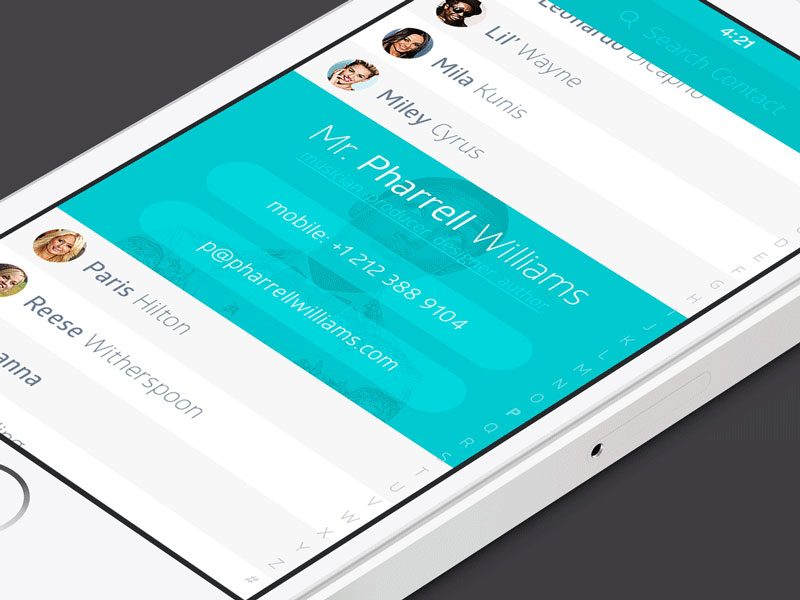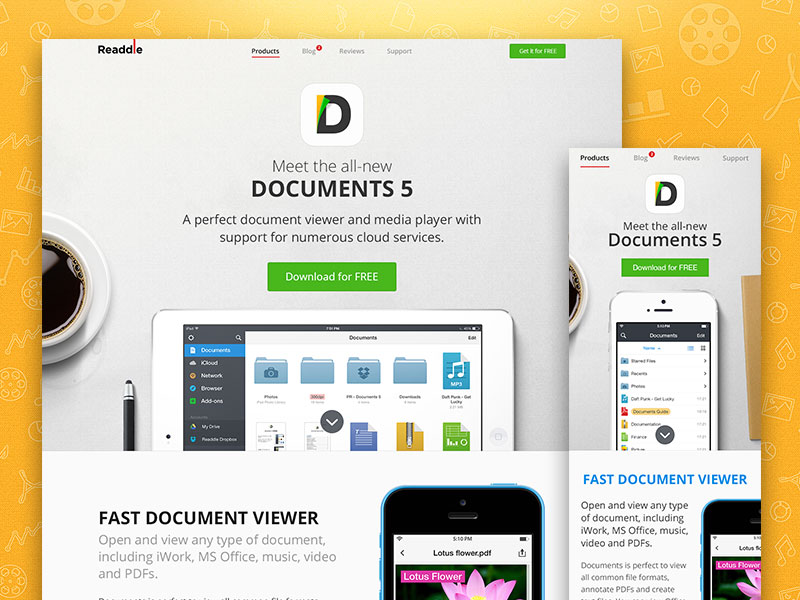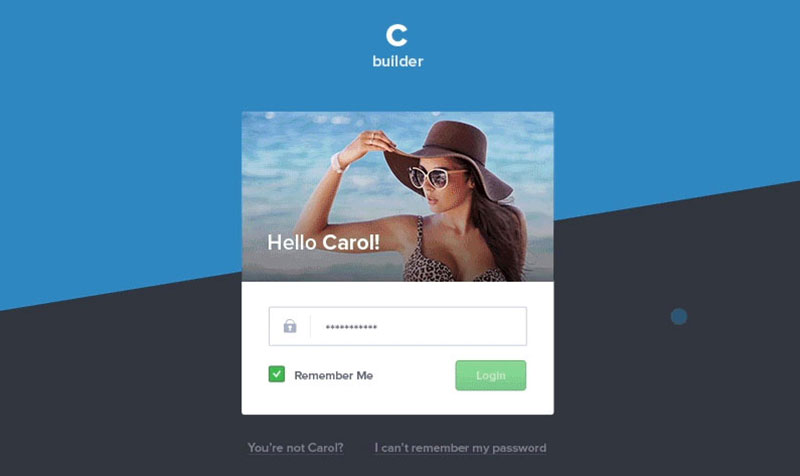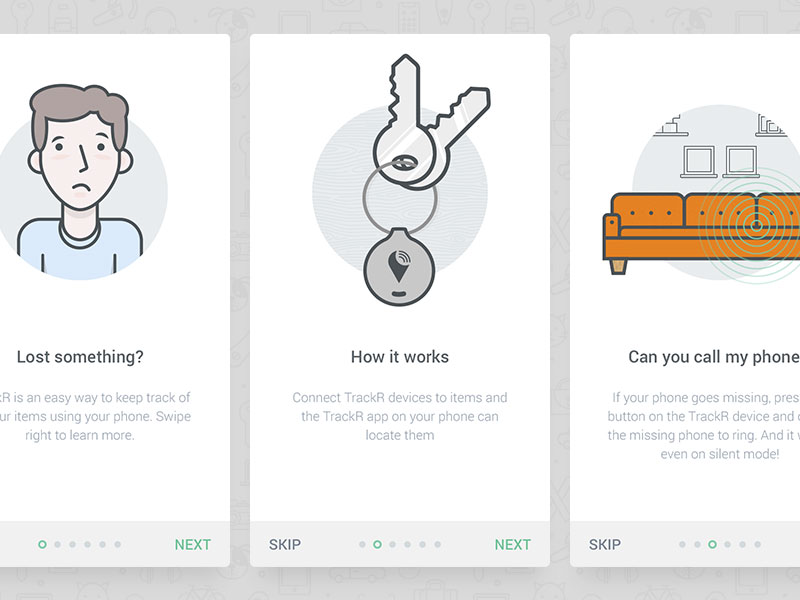The primary aim of any designer should be to complete each web project with the end user in mind. It makes sense to think of the audience and make sure that when the product, app or site goes live it will meet user expectations.
End users will expect the site to provide them with a similar experience to what they have experienced at other sites in the same category. It should also fit in with their expectations of the brand.
What this means is that users will have specific expectations from their experiences online. They will be aware of how an e-commerce site should perform and will know what to expect from a wiki site. They are not going to think that both types of site will perform in exactly the same way.
The best way to assess exactly what is needed, in order to meet user expectations, is by taking a look at a number of sites in the same category and see how they function. Updating a site should involve a close look at the original, to understand clearly what users will be expecting from the relaunched site.
Product sales and the amount of revenue generated will depend on having a design which ensures that consumers are happy with the way they are required to interact with something that is new or different. This means that it has to be designed so it will meet user expectations in every respect.
Make the User Interface Predictable
Image source: Oriol Bèdia
If anyone is to start interacting with a new interface, it has to be made easy to understand without the need for instructions. Users should feel confident that they will be comfortable with it, because it is consistent with what they are used to doing. An unpredictable UI causes frustration and provides a poor user experience.
The Importance of External Consistency
External consistency in design means that users get everything they expect. In order to meet user expectations, it is necessary for every aspect of design to meet the expectations of consistency. This applies to all the digital processes and to interactions which are not digital.
External consistency can only be incorporated into a design with current knowledge of what the end users will have in mind before they even start to interact with the app or site design.
Accurate Data
End users expect that all the data which appears through their interactions will be accurate. Although inaccuracies are not necessarily going to due to any technical fault, it is important for designers to reduce the chances of out-of-date information or incorrect details appearing on the screen.
Responsive User Interface
Image source: JustD
Users should be able to see a progress indicator when an application is taking time to respond. If all they just see an hourglass and the interface appears not to be responding to their input, they might just keep hitting keys, and they will not be happy when there is no response.
Any long-running process should be kept in a separate thread so that the UI will update with a progress indicator, plus a cancel button for anyone who does not want to wait for a slow process to complete.
Logins
Image source: Jan Losert
Users need to be able to access their accounts and will get frustrated if they have not used the login for a while and have forgotten which username they used. Easy logins have the option to “remember me?” so a username will show automatically each time on the same platform and a user only has to enter a password or request a password reminder email.
Helpful Documentation
Image source: Dan Machado
Users who are not familiar with an application will require some helpful documentation, written in a way that does not assume they are technically adept. Designers need to remember that not all users are going to know how to use a specific type of application, just by looking at the interface, and may need some technical help.
Available information needs to be supplied by a technical writer or someone who is involved in the development from the start and knows exactly how it should be used.
Doing What It Claims To Do
Users want an application to do exactly what it is supposed to deliver. When marketers and sales teams make promises about what the application is capable of delivering, it is important that users get what they pay for. Designers and developers, therefore, need to consult with marketing departments and sales teams to be sure that the finished products do everything they are claimed to do.
The Key to Changing User Behavior
The only way to get users to interact is by making it convenient for them to do so, and by making it easy for them to see what behavior is required of them. Users must be made to feel that they will not have to put in any extra effort or do anything very different from the way they have done in the past.
When a new product, site or application is designed to meet user expectations, it is possible to change what the user does. Consumers will be kept happy when their purchase provides exactly what they are expecting. When interaction involves something they have never done before, there should be some helpful documentation available, which will make it clearly understandable.
By finding out more about the natural responses of end users, based on sound audience research, it will not be difficult to meet user expectations, while changing what they do or when they interact.
Credit for featured image: Virgil Pana







